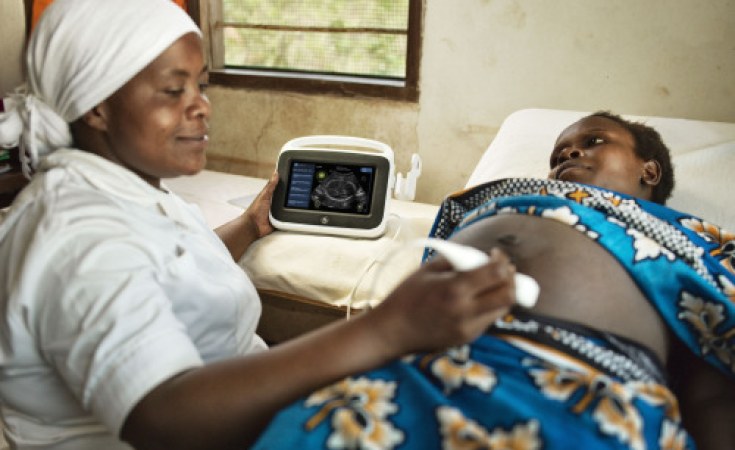The traditional practice of home births in Uganda is experiencing a significant decline, as more women opt for institutional deliveries in hospitals and health centers.
According to recent statistics, the number of home births has decreased by over 30% in the past five years, indicating a marked shift in the country's childbirth trends.
Experts attribute this change to various factors, including increased access to healthcare facilities, improved healthcare infrastructure, and growing awareness about the importance of skilled attendance during childbirth.
The Ugandan government's efforts to strengthen the healthcare system and promote institutional deliveries have also contributed to this shift.
While home births were once the norm in Uganda, many women are now seeking the safety and security of hospital deliveries.
"I wanted to ensure the best possible outcome for my baby and myself, so I chose to give birth in a hospital," said Sarah Namutebi, a new mother from Kampala.
Health professionals welcome this trend, citing the reduced risk of complications and maternal mortality associated with institutional deliveries.
"Skilled attendance during childbirth is crucial, and hospitals offer the necessary expertise and equipment to handle any emergencies that may arise," ne of the the doctors at Mulago specialized Women and Neonatal Hospital said.
However, some traditional birth attendants (TBAs) express concern about the decline of home births, citing the cultural significance and personal touch that TBAs provide.
"We have been attending to women in their homes for generations, and it's a tradition that should not be lost," said Nalongo Mukasa, a TBA from rural Uganda.
Despite this, the trend towards institutional deliveries is expected to continue, as more women prioritize their health and the well-being of their babies.
As Uganda's healthcare system continues to evolve, it is likely that home births will become a thing of the past.
In related news, the Ugandan government has announced plans to further improve healthcare infrastructure and increase access to skilled attendance during childbirth, aiming to reduce maternal mortality rates and ensure safe childbirth practices for all women.
AI generated


